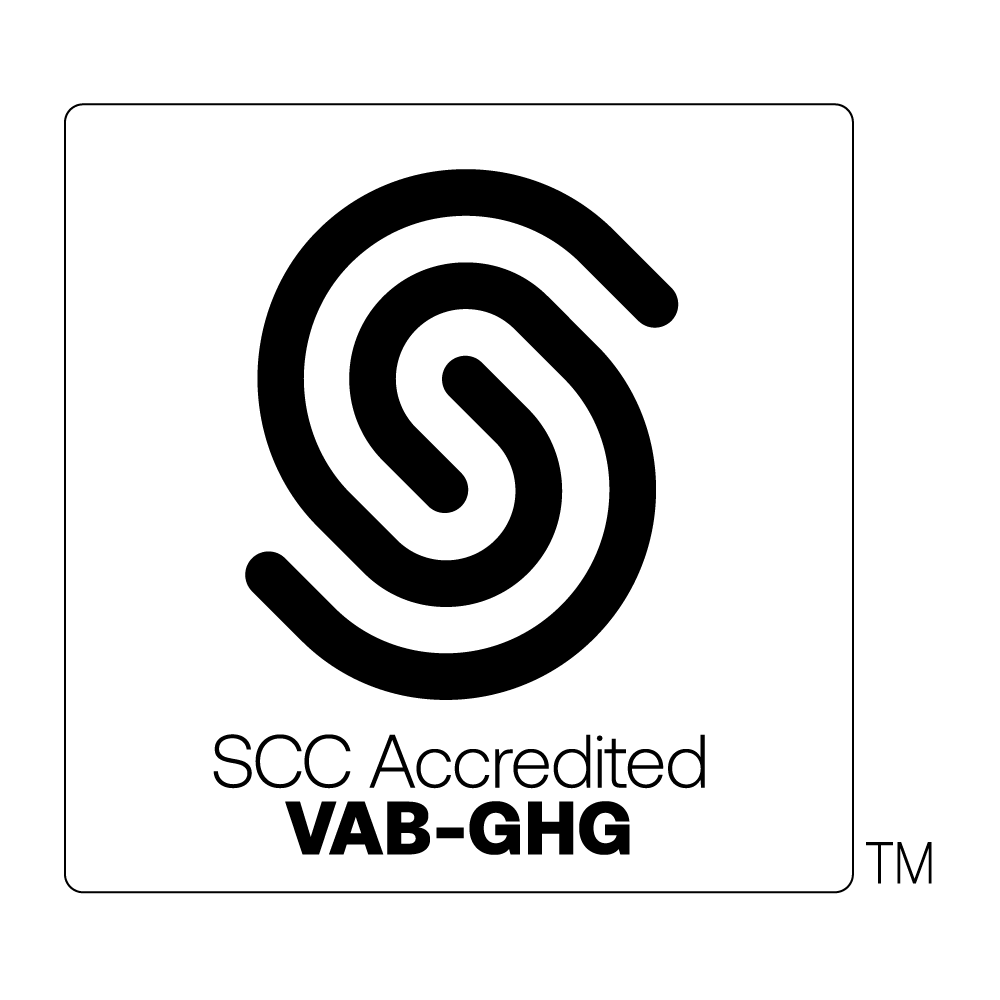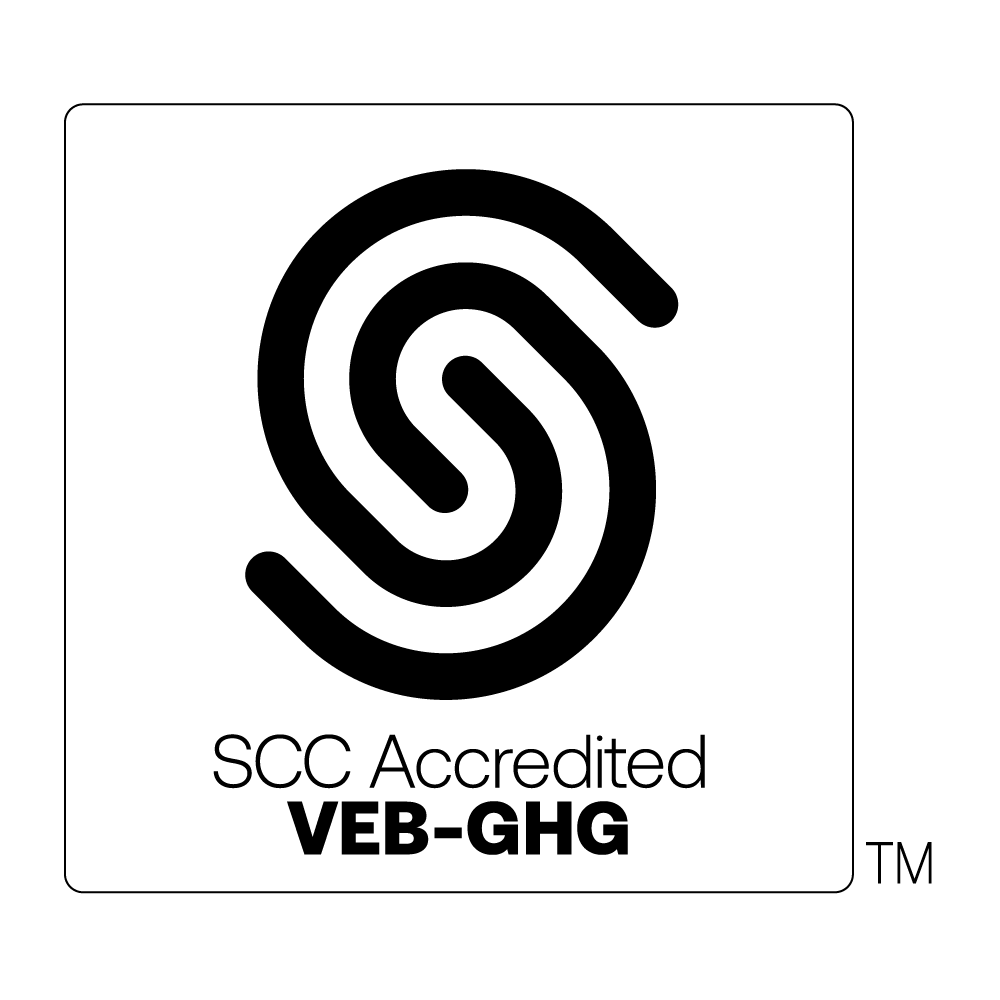Introduction
Across industries, climate action is shifting from ambition to execution. Organizations are under increasing pressure to act boldly and decisively — not only to meet regulatory requirements, but also to improve efficiency, protect competitiveness, and prepare for the realities of a changing climate. This month, we explore three themes shaping the path forward: 1) accelerating decarbonization through industrial intelligence, 2) building resilience to climate risks, and 3) navigating Canada’s evolving carbon pricing landscape.
1. Moving Faster on Decarbonization — Powered by Industrial Intelligence
Why This Matters Now
Moving faster on decarbonization and productivity means harnessing industrial intelligence across entire supply chains. Manufacturing, energy, transportation, and technology are not only contributors to global emissions — they are also central to the solution. Innovation matters, but bold action and collaboration across sectors and borders are what turn commitments into outcomes.
Progress Begins With Data
Real progress starts with operational visibility: breaking down silos and building a centralized view of emissions, waste, and energy use. When the right information is captured and contextualized, organizations can sharpen analysis, make smarter decisions, and convert decarbonization goals into measurable productivity gains.
From Visibility To Action (A Practical Flow)
- Map the value chain – Identify the few processes and suppliers that drive most emissions and cost.
- Establish one source of truth – Standardize data for energy, materials, and throughput; align definitions across sites and partners.
- Prioritize by ROI and risk – Rank measures by abatement cost, operational impact, and resilience co-benefits.
- Pilot, then scale – Prove benefits on one line or site, capture learnings, standardize, and expand.
- Measure, report, improve – Verify results, close gaps, and feed insights back into planning and procurement.
What Good Looks Like
- A centralized, auditable dataset for emissions, energy, and waste that connects seamlessly to finance and operations.
- A short, living list of high-leverage measures with owners, timelines, and expected abatement and productivity.
- Verified results that guide capital planning, supplier requirements, and performance incentives.
2. Building Climate Resilience
Mitigation is essential, but it must be matched with adaptation. Climate impacts are already being felt through extreme weather, shifting resource availability, and changing risk profiles. Organizations that invest in resilience today will be better prepared to navigate tomorrow.
Climate Change Risk Assessments (CCRAs) and Resilience Plans provide the structure needed to identify vulnerabilities, assess hazards, and develop actionable strategies. These tools help safeguard infrastructure, operations, and communities, while also aligning with regulatory frameworks and funding opportunities. Building resilience is not only about managing risks — it is about strengthening stability and long-term value in an uncertain climate future.
3. Carbon Pricing in Transition
Carbon pricing continues to be a cornerstone of Canada’s climate policy, but the frameworks remain in flux. Provincial approaches such as Alberta’s TIER system and the OBPS models in BC and Saskatchewan operate alongside federal requirements, while international measures like the EU’s Carbon Border Adjustment Mechanism add new layers of complexity.
The direction, however, is clear: carbon pricing will remain a driving force behind emissions reductions and competitiveness. Organizations that stay informed and proactive can navigate regulatory uncertainty while positioning themselves for success in a low-carbon economy.
Where Green Sky Contributes
- Reliable data, trusted outcomes – Delivering GHG quantification and verification, energy audits, and life cycle assessments (LCA/LCCA) to ensure decisions rest on solid evidence.
- Scope 1, 2, and 3 alignment across the chain – Practical frameworks for mapping emissions across direct operations, purchased energy, and supply chains, enabling consistent metrics that move with products and services.
- CARMS® as the action framework – The Climate Action and Resilience Management System (CARMS®) is Green Sky’s strategic blueprint that turns data into tangible, organization-wide plans: robust quantification and reporting, structured training, and governance that links decarbonization to productivity, resilience, and continuous improvement.
Closing
Taken together, these themes highlight a simple truth: climate action is multi-dimensional. It requires mitigation through decarbonization, adaptation through resilience planning, and agility in navigating shifting policy frameworks. Organizations that embrace this integrated approach will be best placed to move from commitments to meaningful, lasting outcomes.






